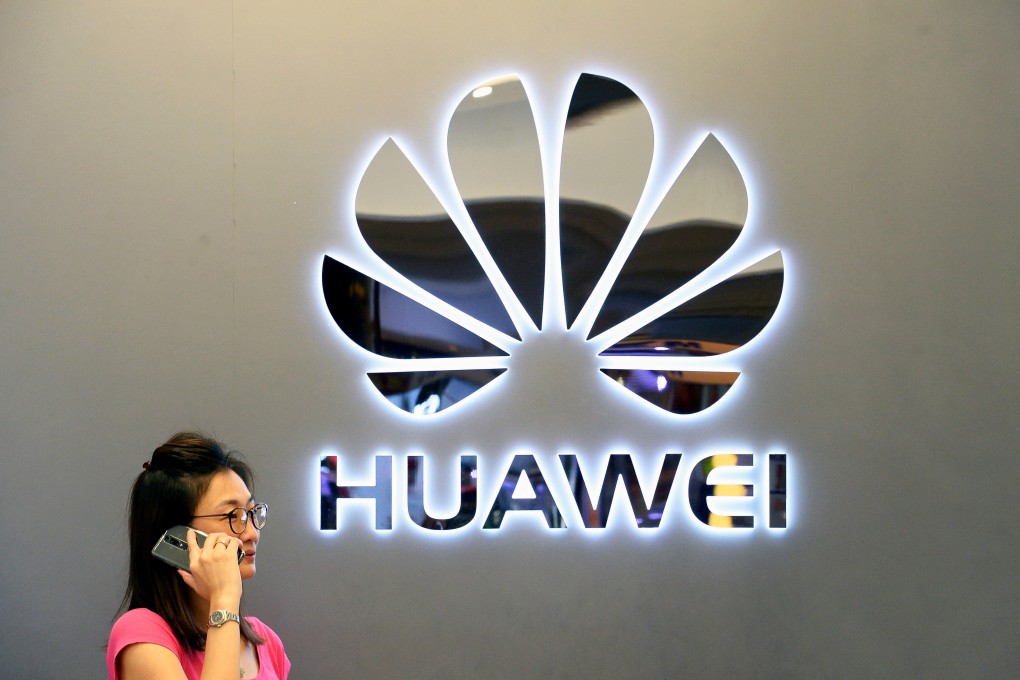Huawei’s headcount shrinks for first time since 2008 as US sanctions and economic headwinds pressure telecoms giant
- Huawei’s headcount dropped to 195,000 at the end of 2021 from 197,000 at the end of 2020, according to its latest Sustainability Report
- The drop in headcount comes after revenue dropped by almost a third in 2021 amid US trade sanctions

Huawei Technologies Co saw 2,000 employees cut from its payroll in 2021, the first drop since 2008, as the Shenzhen-based telecoms equipment maker continues to grapple with US sanctions and economic headwinds at home.
Huawei’s headcount dropped to 195,000 at the end of 2021 from 197,000 at the end of 2020, according to its latest Sustainability Report published on the company’s official website. This marks the first drop in staff numbers since Huawei started to disclose annual data in its 2008 report.
The drop in headcount comes after revenue dropped by almost a third in 2021 amid US trade sanctions that have cut off the firm’s access to advanced chips, crippling its lucrative smartphone business. In the first half of 2022, Huawei revenue fell 5.9 per cent year on year.
The share of Huawei employees aged below 30 decreased to 28 per cent from 29 per cent in 2020, while employees aged between 30 and 50 accounted for 70 per cent, remaining unchanged from the year before, according to the report. This compares with 10 years ago, when 51 per cent of Huawei employees were aged below 30.
When asked about Huawei’s talent plans in a press conference in March, rotating chairman Guo Ping dodged a question about job cuts in the past two years and said that the company had recruited 26,000 fresh graduates in 2020 and 2021, and planned to recruit at least 10,000 fresh graduates in 2022.